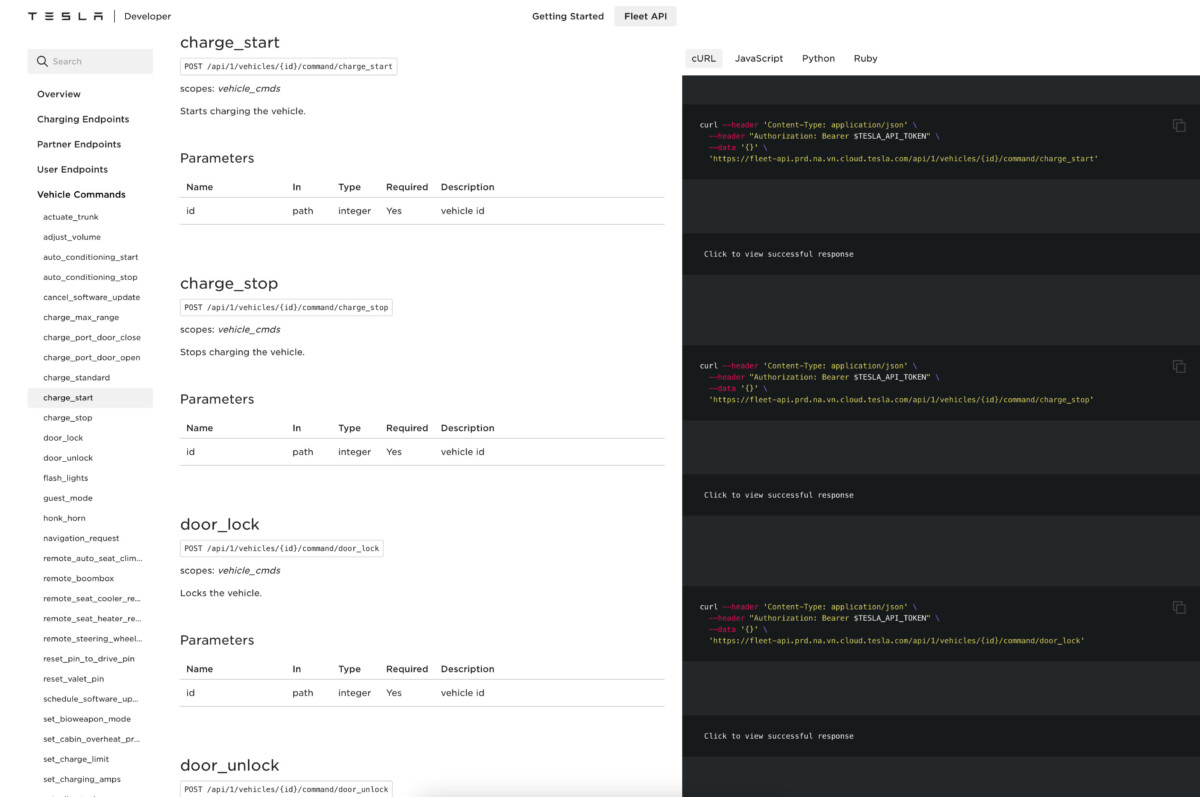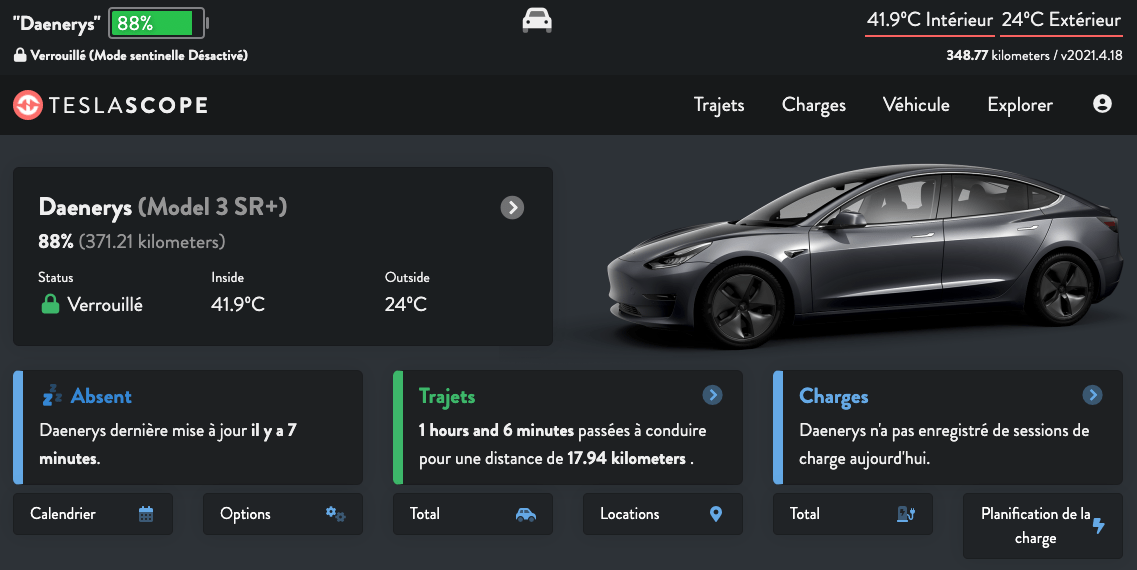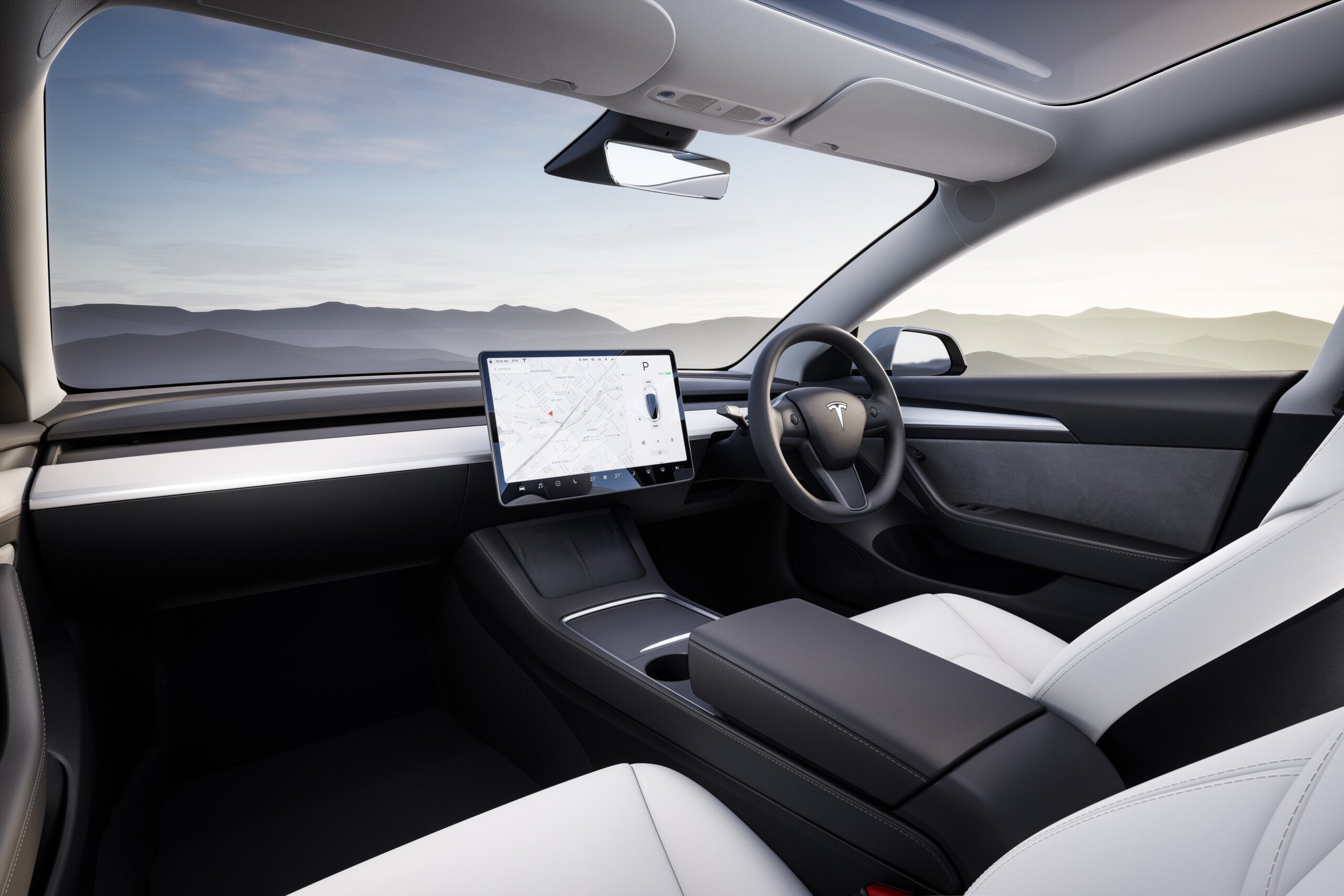In complete discretion, Tesla is integrating an official API into its technological arsenal. Connoisseurs will see it as a logical step, while uninitiated people will see it as an additional enigma in the world of electric cars. Let’s demystify this novelty together and try to understand the usefulness and implications of such an initiative.
Tesla has not always officially opened the door to its technology. However, many third-party applications have found a way to interfere in the brand’s very closed ecosystem. How ? By paying particular attention to conversations between Tesla servers and its customers.
Tesla cars are continuously connected to the internet thanks to a 4G chip. They send a lot of information to the company via an API (we will come back to this shortly). The smart guys therefore “listened” to these data exchanges between the cars and Tesla. They observed, understood, and figured out how to reproduce these communications to interact with cars via their own applications. This practice is “ reverse engineering ”, and it’s like solving a giant puzzle to figure out how the pieces fit together.
Tesla released an official API
In computing, an API, or Application Programming Interface, is like a common language that allows two software programs to understand and communicate with each other. Imagine wanting to order coffee in a foreign country without speaking the language. The API would be like a phrasebook that would help you place your order without learning the entire language.
Tesla said “yes” by formalizing its API, called Fleet API. It allows developers to understand and use Tesla’s “language” to create their own applications. It’s cool, but there’s a catch: it will cost money. Prices are still in the fog, but Tesla promises answers for 2024.
What is this API for?
The name Fleet API gives a clue. Fleet means “fleet” in English. This API is therefore there for professionals who manage lots of Tesla cars, such as rental companies. They can take a look at all their cars remotely, it’s quite practical!

But what about us in all this? Tesla is working on another version of the API, which could replace the one we all currently use. But be careful, it will require going through the Fleet API, which, remember, will be chargeable.

Third-party applications (like TeslaMate or Teslascope) will be able to use this API to access various information about cars, such as the battery level, or even interact with them, such as starting a charge. This opens the door to lots of new apps, for the Apple Watch for example, or super practical widgets.

And afterward, we will be entitled to a Tesla App Store?
It’s possible ! Although this idea doesn’t really depend on these APIs, Tesla could one day launch its own App Store in its cars. There the possibilities would be truly enormous, with new applications that could make our life (driving) even easier and more fun. But hey, one step at a time, right? Tesla’s formalization and monetization of APIs marks a significant milestone.
